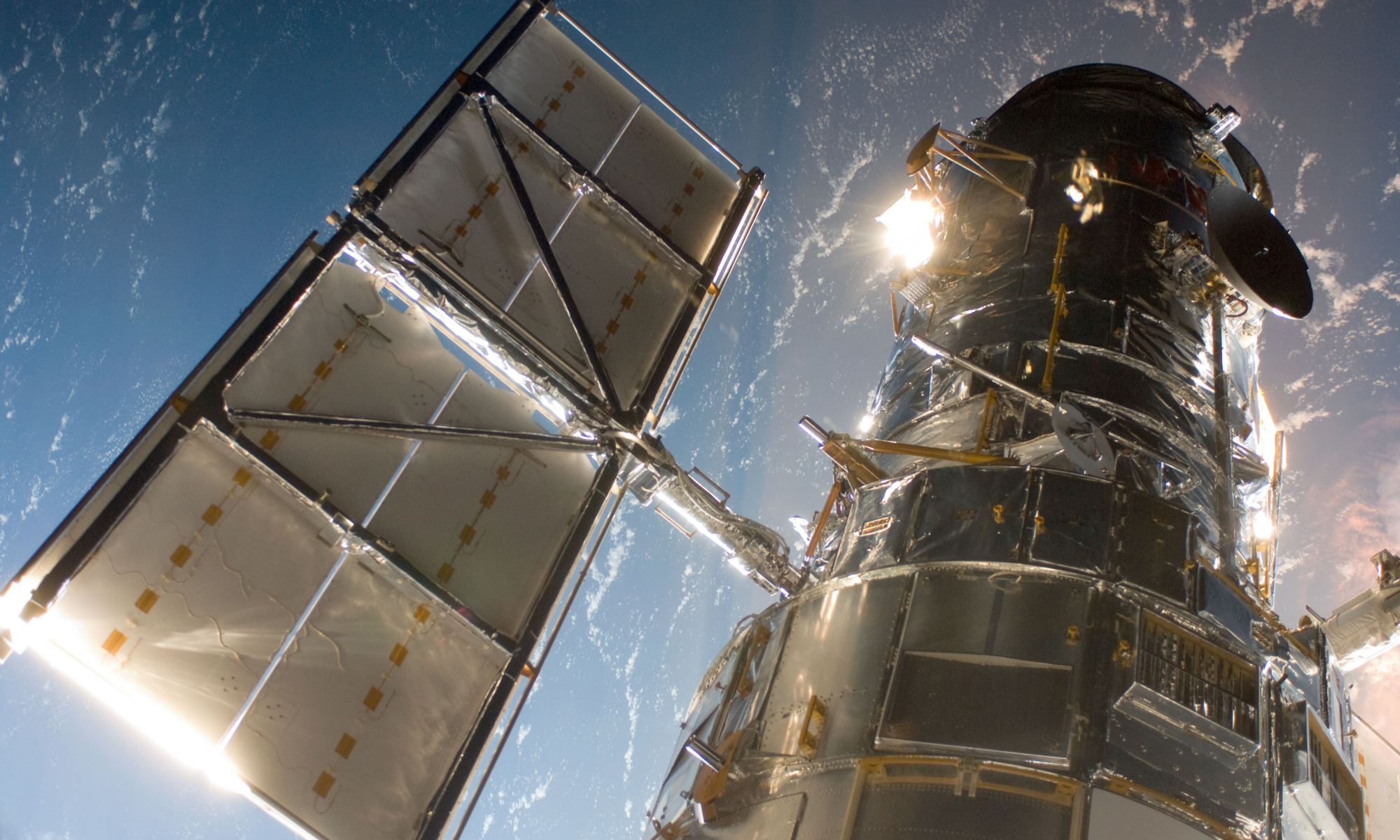It’s amazing to think there are telescopes up in space, right now, directing their gaze at distant objects for hours, days and even weeks. Providing a point of view so stable and accurate that we can learn details about galaxies, exoplanets and more.
And then, when the time is up, the spacecraft can shift its gaze in another direction. All without the use of fuel.
It’s all thanks to the technology of reaction wheels and gyroscopes. Let’s talk about how they work, how they’re different, and how their failure has ended missions in the past.
Here’s the quick answer. Reaction wheels allow spacecraft to change their orientation in space, while gyroscopes keep a telescope incredibly stable, so they can point at a target with high accuracy.
If you’ve listened to enough episodes of Astronomy Cast, you know I always complain about reaction wheels. It always seems to be the point of failure on missions, ending them prematurely before the science is all in.
I’ve probably used the terms reaction wheels and gyroscopes interchangeably in the past, but they serve slightly different purposes.
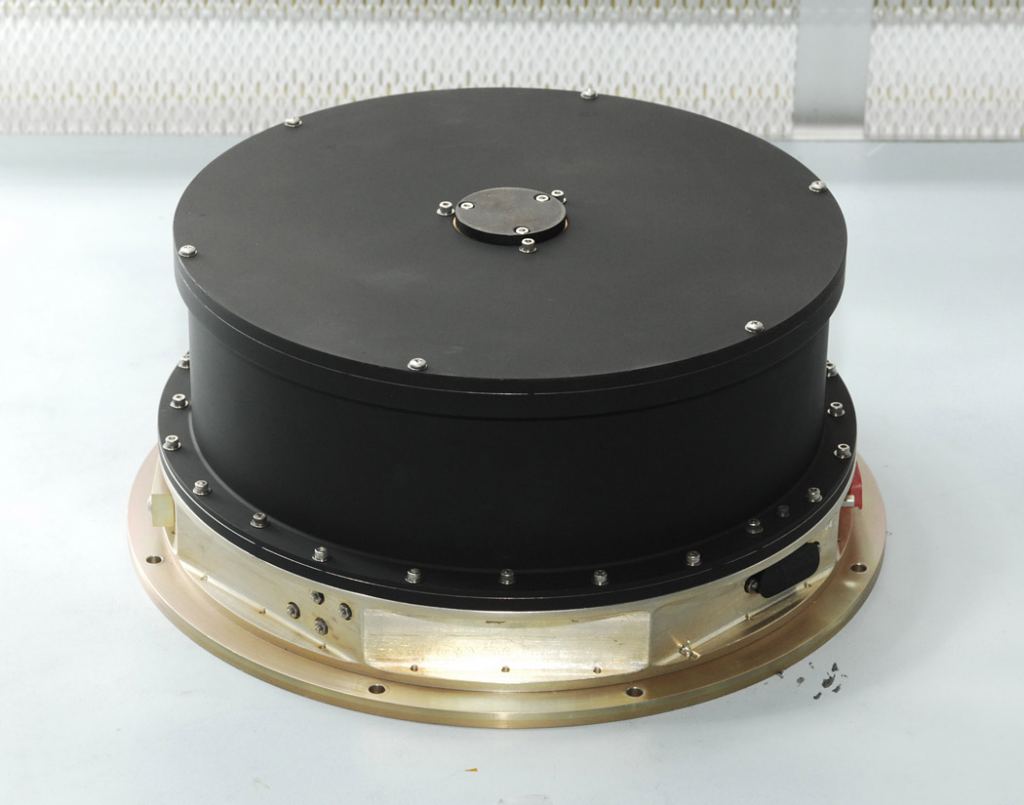
First, let’s talk about reaction wheels. These are a type of flywheel used to change the orientation of a spacecraft. Think about a space telescope that needs to switch from target to target, or a spacecraft that needs to turn itself back to Earth to communicate data.
They’re also known as momentum wheels.
There’s no air resistance in space. When a wheel turns in one direction the entire telescope turns in the opposite direction, thanks to Newton’s Third Law – you know, for every action, there’s an equal and opposite reaction. With wheels spinning in all three directions, you can turn the telescope in any direction you like.
The wheels are fixed in place and spin between 1,000 and 4,000 revolutions per minute, building up angular momentum in the spacecraft. In order to change the orientation of the spacecraft, they change the rate at which the wheels are spinning.
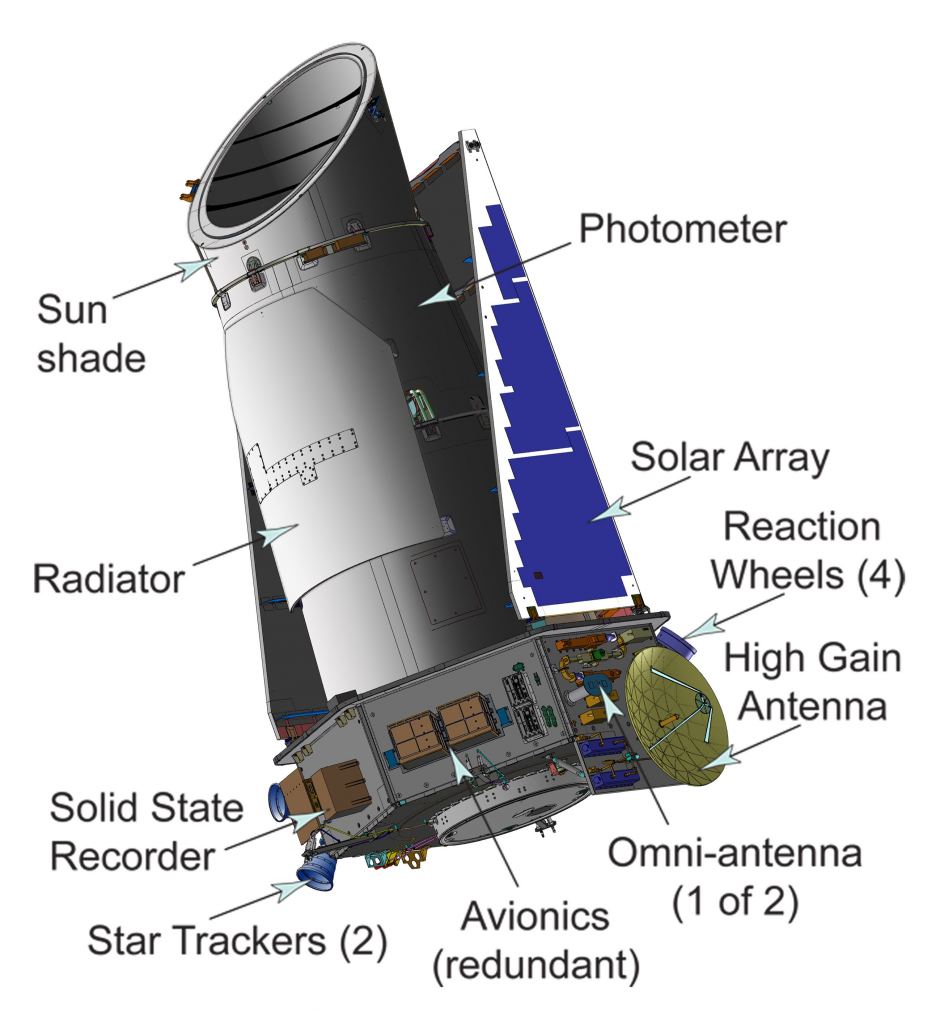
This creates a torque that causes the spacecraft to shift its orientation, or precess, in a chosen direction.
This technology works with electricity alone, which means that you don’t need to use up propellant to change the orientation of the telescope. As long as you’ve got enough rotors spinning, you can keep on changing your direction, using only the power from the Sun.
Reaction wheels are used on pretty much every spacecraft out there, from tiny Cubesats to the Hubble Space Telescope.
With three wheels, you can change your orientation to any spot in 3-dimensions. But the Planetary Society’s LightSail 2 has only a single momentum wheel to shift the orientation of its solar sail, from edge-on to the Sun and then broadside to raise its orbit by sunlight alone.
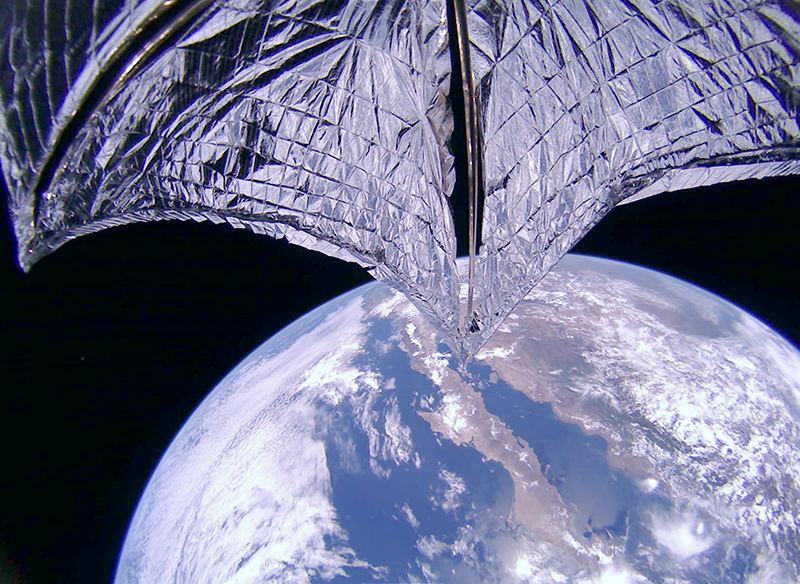
Of course, we’re most familiar with reaction wheels because of the times they’ve failed, taking spacecraft out of commission. Missions like FUSE and JAXA’s Hayabusa.
Kepler’s Loss of Reaction Wheels and the Ingenious Solution
Most famously, NASA’s Kepler Space Telescope, launched on March 9, 2009 to find planets orbiting other stars. Kepler was equipped with 4 reaction wheels. Three were necessary to keep the telescope pointed carefully at a region of sky, and then a spare.
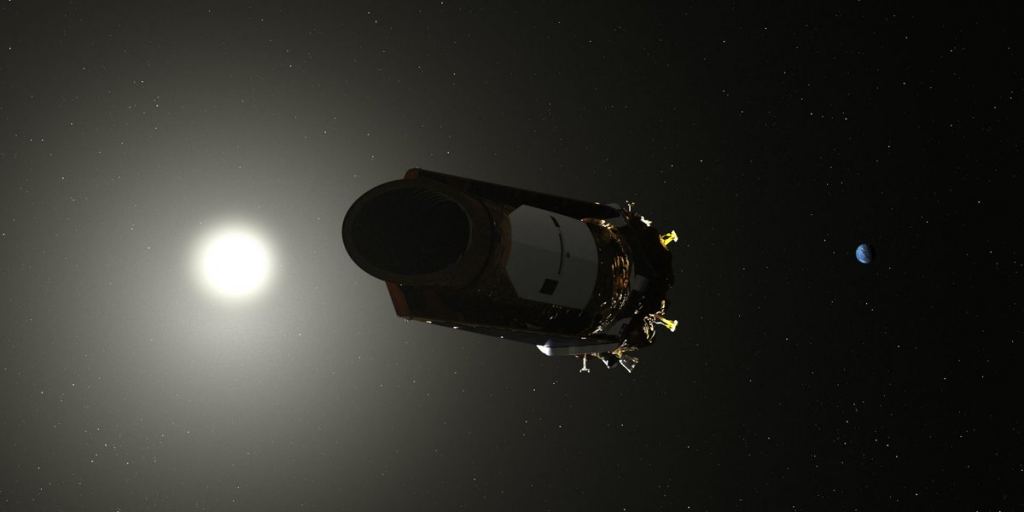
It was watching for any star in its field of view to change in brightness by a factor of 1 in 10,000, indicating that a planet could be passing in front. To save bandwidth, Kepler actually only transmitted information about the change in brightness of the stars themselves.
In July, 2012, one of Kepler’s four reaction wheels failed. It still had three, which was the minimum it needed to be able to be stable enough to continue its observations. And then in May, 2013, NASA announced that Kepler had a failure with another of its wheels. So it was down to two.
This brought the main science operations of Kepler to a halt. With only two wheels operating, it could no longer maintain its position accurately enough to track star brightness..
Although the mission could have been a failure, engineers figured out an ingenious strategy, using the light pressure from the Sun to act as a force in one axis. By perfectly balancing the spacecraft in the sunlight, they were able to continue using the other two reaction wheels to continue making observations.
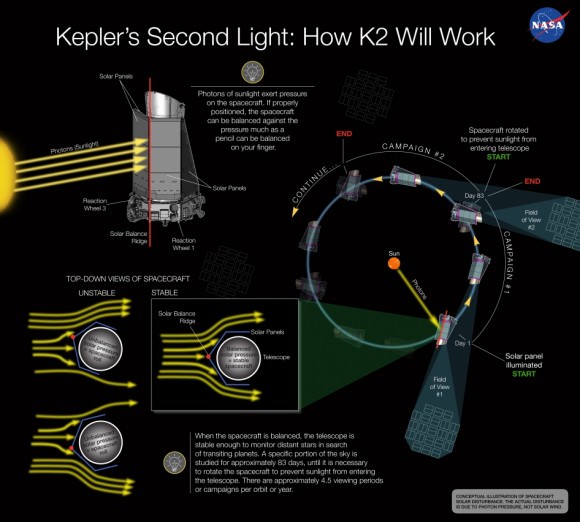
But Kepler was forced to look at the tiny spot in the sky that happened to line up with its new orientation, and shifted its science mission to looking for planets orbiting red dwarf stars. It used up its onboard propellant turning back to Earth to transmit data. Kepler finally ran out of fuel on October 30, 2018, and NASA wrapped up its mission.
At the same time that Kepler was struggling with its reaction wheels, NASA’s Dawn mission was having problems with the exact same reaction wheels.
Dawn’s Loss of Reaction Wheels
Dawn was launched on September 27, 2007 with the goal of exploring the two of the largest asteroids in the Solar System: Vesta and Ceres. The spacecraft went into orbit around Vesta in July, 2011 and spent the next year studying and mapping the world.

It was supposed to leave Vesta and head off to Ceres in August, 2012, but the departure was delayed by more than a month because of problems with its reaction wheels. Starting in 2010, engineers were detecting more and more friction in one of its wheels, so the spacecraft switched to the three functioning wheels.
And then in 2012, the second of its wheels started to gain friction as well, and the spacecraft was left with only two remaining wheels. Not enough to keep it fully oriented in space using electricity alone. This meant it had to start using its hydrazine propellant to maintain its orientation throughout the remainder of its mission.

Dawn made it to Ceres, and through careful use of propellant it was able to map out this world, and its bizarre surface features. Finally, in late 2018, the spacecraft was out of propellant, and it was no longer able to maintain its orientation, to map Ceres or to send its signals back to Earth.
The spacecraft will continue to orbit Ceres, tumbling helplessly.
There’s a long list of missions whose reaction wheels have failed. And now scientists think they know why. There was a paper released in 2017 that determined that the environment of space itself is causing the problem. As geomagnetic storms pass the spacecraft, they generate charges on the reaction wheels that cause an increase in friction and make them wear down more quickly.
I’ll put a link to a great video by Scott Manley that goes into more detail.
Hubble Space Telescope and its Gyroscopes
The Hubble Space Telescope is equipped with reaction wheels to change its overall orientation, rotating the entire telescope about the speed of a minute hand on a clock – 90 degrees in 15 minutes.
But to stay pointed at a single target, it uses another technology: gyroscopes.
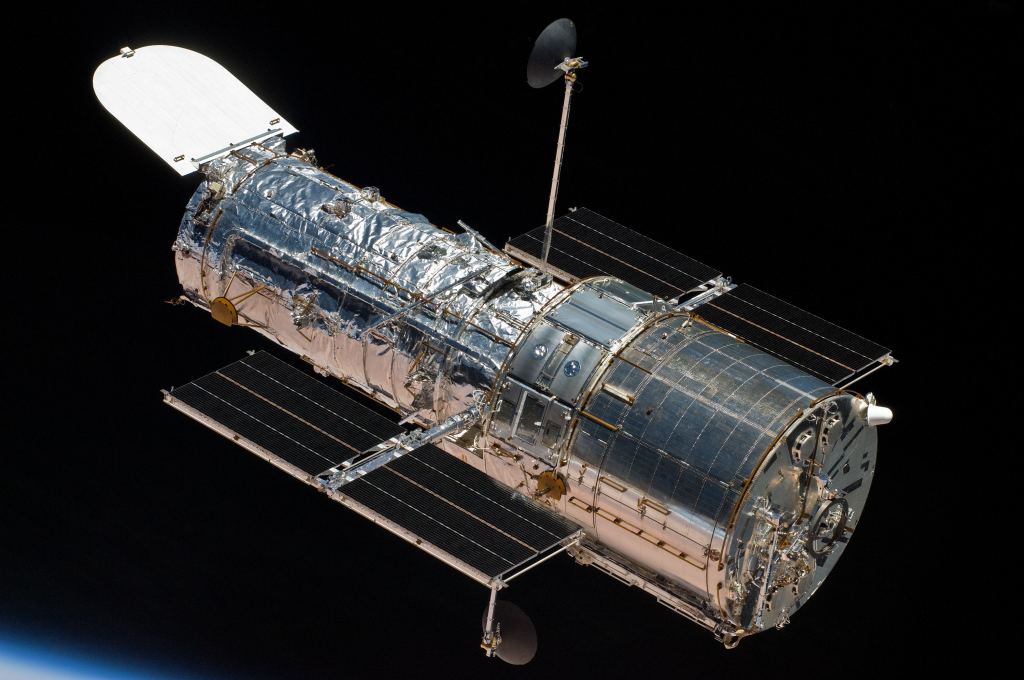
There are 6 gyroscopes on Hubble which spin at 19,200 revolutions per minute. They’re large, massive and spin so fast that their inertia resists any changes to the telescope’s orientation. It works best with three – matching the three dimensions of space – but can operate with two, or even one, with less accurate results.
In August, 2005, Hubble’s gyroscopes were wearing down, and NASA shifted into two-gyroscope mode. In 2009, during Servicing Mission 4, NASA astronauts visited the space telescope and replaced all six of its gyroscopes.
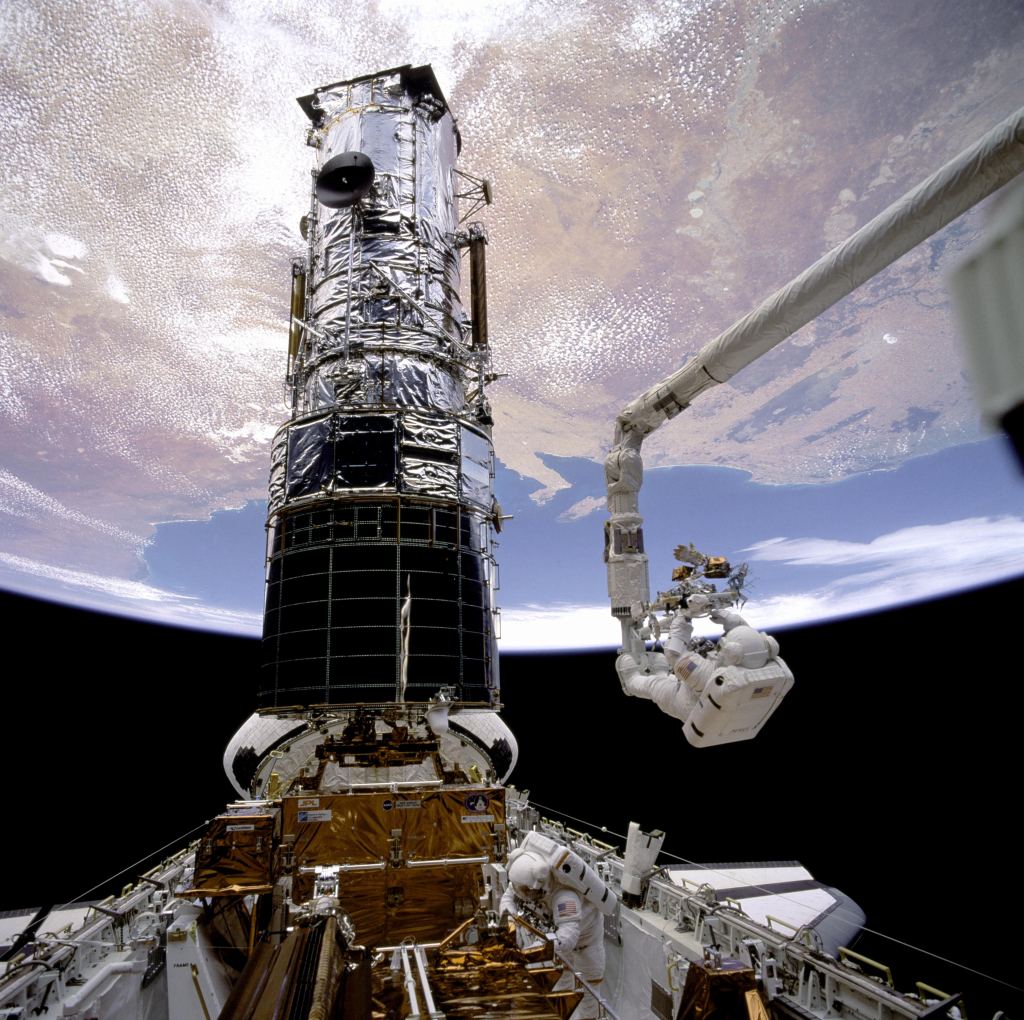
This is likely the final time astronauts will ever visit Hubble, and its future depends on how long these gyroscopes last.
What About James Webb?
I know the mere mention of the James Webb Space Telescope makes everyone nervous. More than $8 billion dollars invested so far and due for launch in about two years from now. It’s going to be flying to the Earth-Sun L2 Lagrange point, located about 1.5 million kilometers away from Earth.

Unlike Hubble, there’s no way to fly out the James Webb to repair it if anything goes wrong. And seeing how often gyroscopes have failed, this really does seem like a dangerous weak point. What if James Webb’s gyros fail? How can we replace them.
James Webb does have reaction wheels on board. They’re built by Rockwell Collins Deutschland, and they’re similar to the reactions wheels on board NASA’s Chandra, EOS Aqua and Aura missions – so a different technology from the failed reaction wheels on Dawn and Kepler. The Aura mission provided a scare in 2016 when one of its reaction wheels spun down, but it was recovered after ten days.
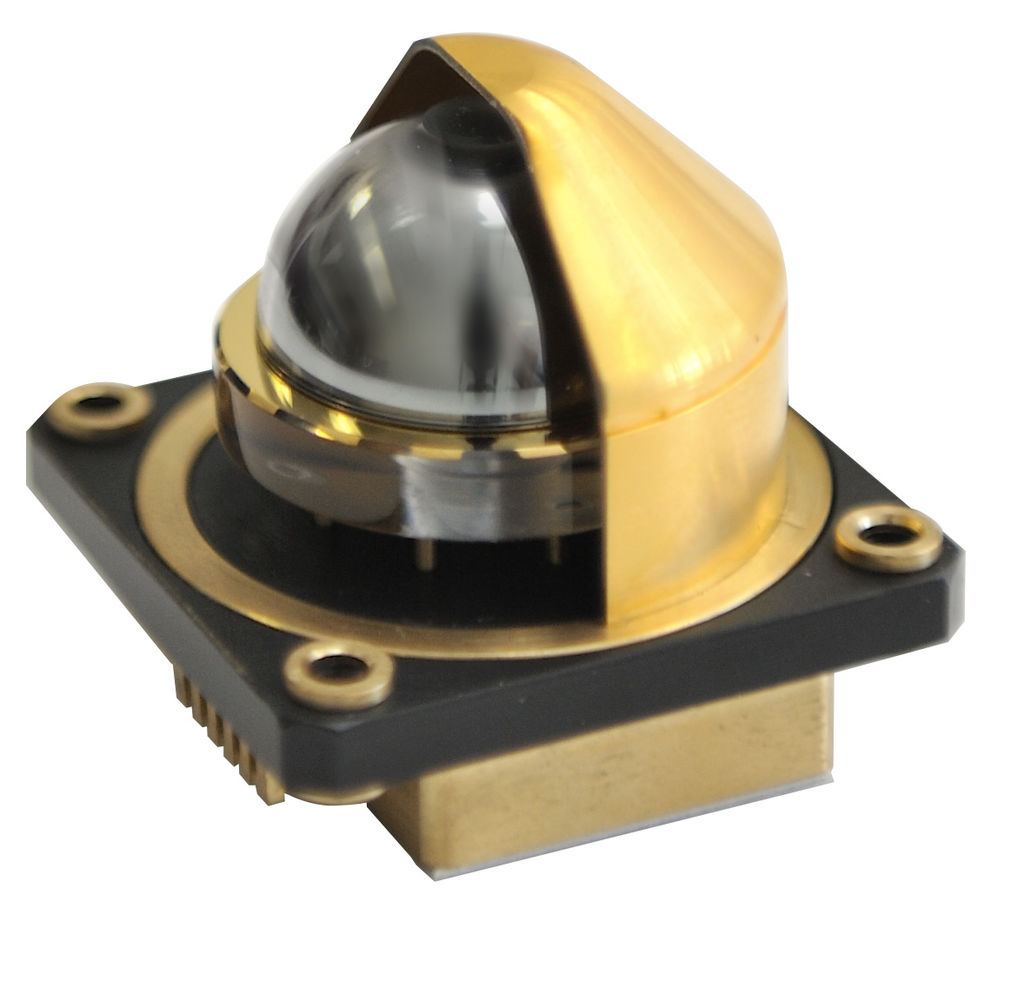
James Webb isn’t using mechanical gyroscopes like Hubble to keep it on target. Instead, it’s using a different technology called hemispherical resonator gyros, or HRGs.
These use a quartz hemisphere that has been shaped very precisely so that it resonates in a very predictable way. The hemisphere is surrounded by electrodes that drive the resonance, but also detect any slight changes in its orientation.
I know that kind of sounds like gibberish, like it’s powered by unicorn dreams, but you can experience this for yourself.
Hold a wineglass and then flick it with your finger so that it’s ringing. The ringing is the wineglass flexing back and forth at its resonance frequency. As you rotate the glass, the flexing back and forth turns as well, but it lags behind the orientation in a very predictable way.
When these oscillations are happening thousands of times a second in a quartz crystal, it’s possible to detect tiny motions and then account for them.
That’s how James Webb will stay locked on its targets.
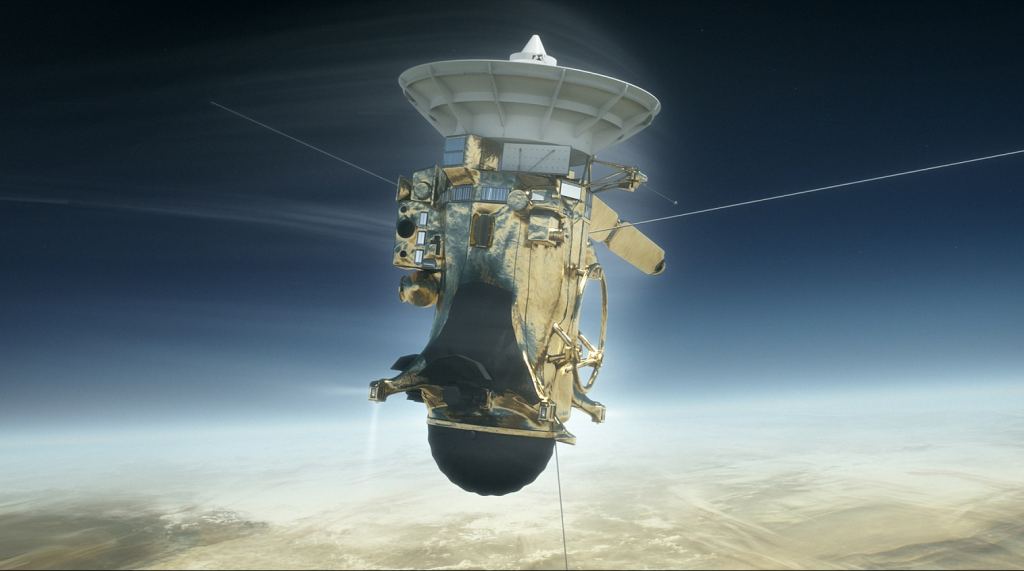
This technology has flown on the Cassini mission at Saturn and worked perfectly. In fact, as of June 2011, NASA had reported that these instruments had experienced 18 million hours of continuous operation in space on more than 125 different spacecraft without a single failure. It’s actually very reliable.
I hope that clears things up. Reaction or momentum wheels are used to re-orient spacecraft in space, so they can face in different directions without using propellant.
Gyroscopes are used to keep a space telescope accurately pointed at a target, to provide the best scientific data. They can be mechanical spinning wheels, or they use the resonance of vibrating crystals to detect changes in inertia.

